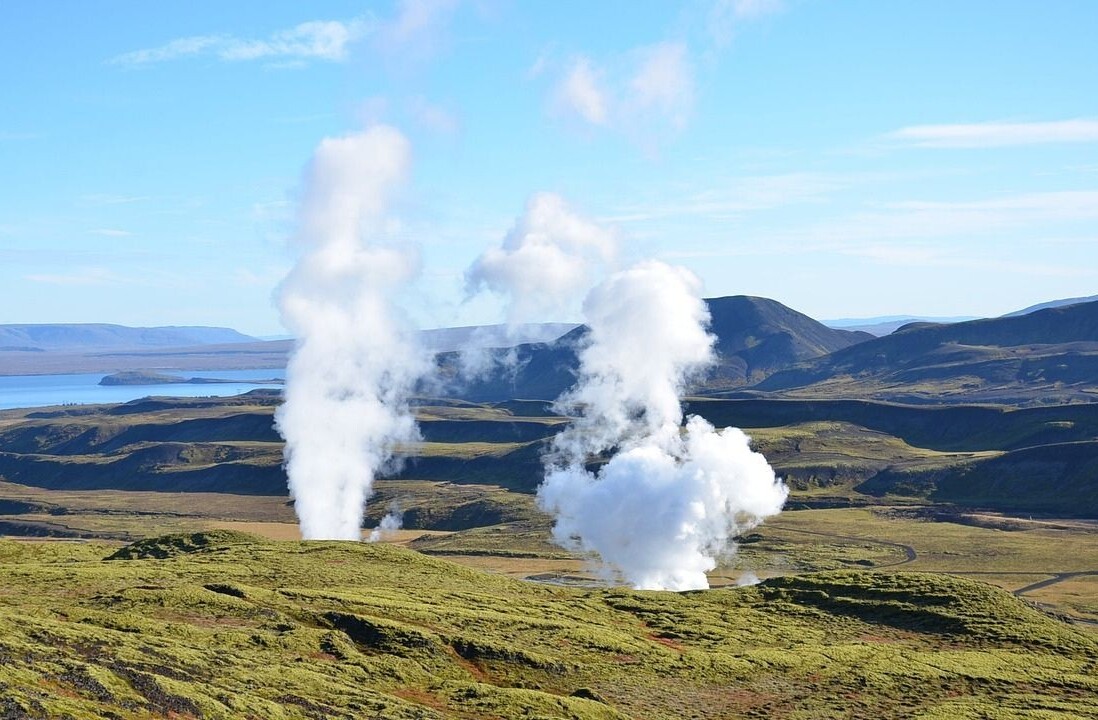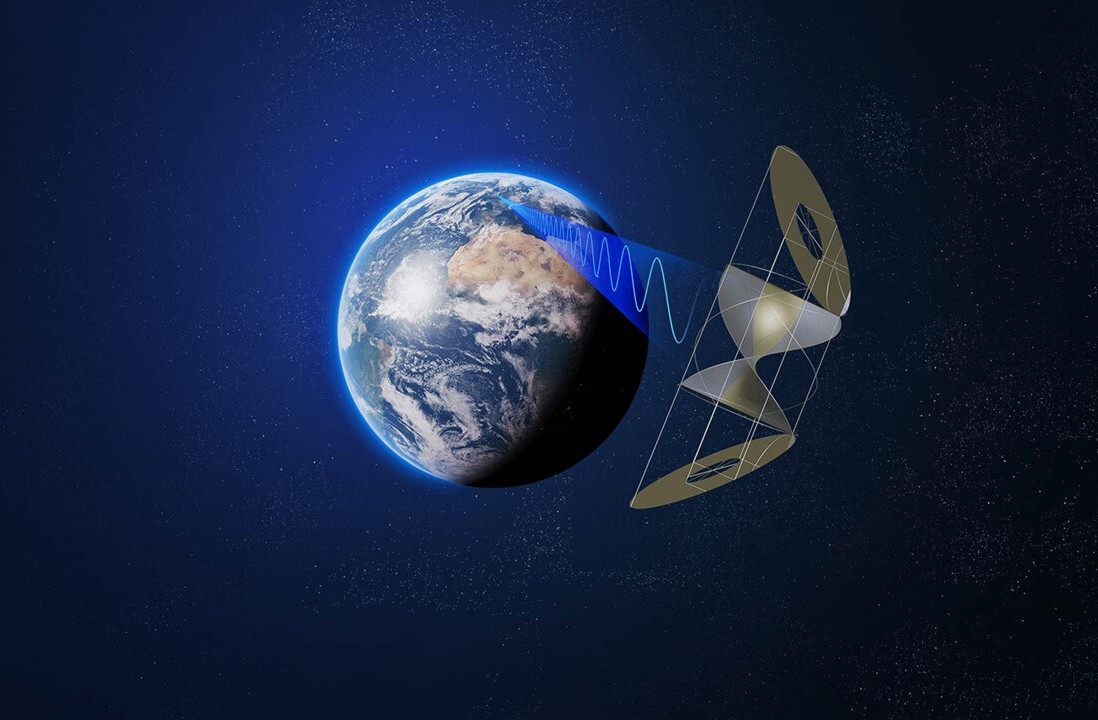
In 1965, cryogenics pioneer Olli V. Lounasmaa set up the Low Temperature Laboratory (LTL) at what is now Aalto University to research ultra-low temperature physics. Despite some initial scepticism because “why would anyone want to research cold in Finland,” the LTL has prospered, attracting researchers from all over the world — and laying the foundation for Finland’s leading quantum computing startup ecosystem.
Quantum computing has long been the stuff of dreams. Arthur C. Clarke’s statement from the 1970s that “any sufficiently advanced technology is indistinguishable from magic,” has never felt truer than when trying to wrap one’s head around phenomena such as quantum entanglement. However, individual pieces of the puzzle are beginning to fit together at an ever-increasing pace.
Making it through the NISQ era
Before we venture any further down the quantum rabbit hole however, just a small public service announcement for those who might be wondering what exactly quantum computers, which use quantum bits, or qubits, as the basic unit of data, actually do. The truth is, not a whole lot — yet. However, their potential is nothing short of, well, magical.
If the reality the evangelists are hoping for comes to pass, quantum computers will be able to solve complex issues, including climate change, novel material engineering, new kinds of medicine, ultra-secure forms of encryption, and more. They could also literally “break the internet” on what is known as Q-Day.
“The ultimate goal would be to run some AI and accelerate that with the help of a quantum computer and that kind of system would be able to solve some questions on a, let’s say, superhuman level,” Juha Vartiainen, head of global affairs and co-founder of IQM, Finland’s – strike that — Europe’s leading quantum hardware company in superconducting circuits, tells TNW.
“Maybe some philosophical questions about the fabric of the world, sort of with first-hand access to the quantum realm,” he muses. So basically, the ultimate questions of Life, the Universe, and Everything.
But this is something like quantum utopia. Quantum technologies, and in particular quantum computers, are still in their infancy. Startups looking to carve out a niche in the field need to find means of financially surviving what is called the NISQ-era. This stands for Noisy Intermediate-Scale Quantum, and refers to the current state of high error rates and limited number of qubits.
It is considered a time of exploration and learning, more than one of actual commercial application. In turn, this means that it is difficult for investors to cash in on the promises of the technology within a customary time span.
“We are the camel startups,” says Himadri Majumdar, founder and CEO of SemiQon, a company building silicon-based semiconducting quantum processors. “We take it slow, but at a steady pace.”
SemiQon, a spinout from Finland’s state-owned non-profit research organisation VTT, has been able to leverage both private and public funding, Majumdar explains. “What we are trying to do is to demonstrate in cycles how we can get to the scalability aspect with every iteration of fabrication that we do.”
The geopolitical quantum realm
Due to the difficulty in attracting capital, the edge in quantum computing mostly belongs to countries with governments ready to spend on what they believe will give them a leg up economically — or geopolitically — in the future. In 2022, China poured $15.3bn into the technology, followed by only $1.8bn from the US government, and $1.2bn from the EU.
The quantum computing market, worth $9.3bn in 2022, is expected to grow to $203.1bn by 2032. Companies with significant quantum projects include tech giants like IBM, Google Quantum AI, Amazon, and Microsoft. And yet, a small country in the Nordics has built a world-leading quantum technology ecosystem — including a company without which there would be no quantum computers at all.
“From our point of view, the story has only started,” says Jonas Geust, CEO of Bluefors, the global market leader for what are essentially quantum computer refrigerators. These are the golden “chandeliers” keeping the qubits chilled. They are a requirement for today’s superconducting qubits to function, and entirely synonymous with quantum computers in the mind of the broader public.
Although, as quantum computing systems begin to scale, that might change. Bluefors’ biggest “fridge” to date is KIDE, built to support a 1,000 qubit system (such as IBM’s Quantum Condor chip). KIDE is structurally different in the sense that it’s standing on the floor, rather than hanging from the ceiling.
It is also a hexagon, where you can remove one of the doors, and then put another KIDE next to it, interlinking several quantum computers. “We are looking at how to build the scalability in terms of varying industrial needs,” Geust adds. “We are working on what our customers will need in five years from now and the actual implementations that are still ahead of us.”
Bluefors was founded in 2008 by Rob Blauwgeers and Pieter Vorselman. It now employs 600 people, has a revenue of over €160mn, and considers the US “its second home.” The company is also exploring other applications for its cryogenic technology, such as cooling for sensitive sensors for astrophysics, hydrogen storage, and basic material science.
Near-term quantum computer utility vs. million-qubit era
Other quantum hardware startups are also defining revenue generating applications. IQM, for instance, has begun supplying research institutes with smaller scale qubit systems, on which tomorrow’s quantum engineers can learn to read and handle qubits. The company launched in 2018, and in 2022 it raised €128mn in Series A2 — the largest ever funding round raised by a European quantum computing company.
The company’s first product is the “affordably priced” 5-qubit IQM Spark. “Quantum education has historically been available to only very few physicists,” Vartiainen says. “And this was fine, because not that many quantum physicists were needed. But now things have changed, and very suddenly.”
The idea behind Spark is that “students can use it and play with it and run physics simulations, very fundamental discoveries of quantum physics, and run some simple algorithms and learn how a quantum computer works,” Vartiainen explains.
IQM is also getting ready to ship its larger system Radiance, ranging from 54 to 150 qubits, which it says will “pave the way” to quantum advantage (when a quantum computer can demonstrably solve a problem no classical computer can), helping businesses train on and navigate smaller systems before larger ones become commercially available.
IQM has found a commercial niche as it helps train scientists with the quantum technology available now, using superconductors that require large refrigerating apparatuses. SemiQon on the other hand is building its semiconducting quantum chips that are much less affected by temperatures for “the million qubit era.”
“What we were doing at VTT was based on superconductors. So we were building superconductor-based quantum computers. But we also had this capability of doing semiconductor-based quantum processors or quantum computing devices,” Majumdar says. “And that was more interesting for me personally, because semiconductors are scalable, they are affordable, and the technology has a much bigger prospect of scaling.”
The strength of the Finnish ecosystem and finding talent
Beyond academic traditions, what are the foundations on which Finland has built this leading quantum business container? “One thing is that it’s quite concentrated,” IQM’s Vartiainen says. “Actually, it’s quite a small area — within maybe a radius of two, three kilometres, there are quite a lot of quantum players.”
“There is a lot of know-how in this ecosystem,” Majumdar emphasises. “This means that we can find solutions, or persons who have the solutions, relatively easily and quite quickly compared to other places.”
Access to facilities and government-supported infrastructure, such as those at VTT just outside Helsinki, are also essential for startups working in fields like quantum. “If you need a measurement facility for a specific, very niche measurement, you find it here. And you don’t have to go far,” Majumdar says.
For its part, Bluefors works actively with universities and takes on many summer trainees. Indeed, partnership seems to be the key also for solving workforce-related issues. When looking for micro-engineering skills, for instance, the company turned to its neighbours at the Finnish School of Watchmaking.
When asked about the difficulty in finding talent for such high-skilled work, Geust states that: “It’s a continuous challenge. I think this is what anybody working with new technologies is experiencing.”
Then he utters what seems to summarise the Finnish ethos, and perhaps in part also explains how this ecosystem has managed to punch above its weight in attracting both talent and foreign investment. “On the other hand, I sort of come from the school that it doesn’t help complaining, you know — we just need to do a better job.”
We are still some way away (not even experts can agree on exactly how far) from quantum supremacy. We still need to observe, learn, tinker, and, quite possibly, dream enough for that day to become a reality. But until then, quantum computers will be able to work in conjunction with classical computers, running highly specific simulations.
This is very much being explored in the quantum software engineering realm, a whole other chapter in the quantum saga, which we will feature in another story.
Get the TNW newsletter
Get the most important tech news in your inbox each week.





